Home>Home Appliances>Home Automation Appliances>How Can You Tell If Alexa Is Listening
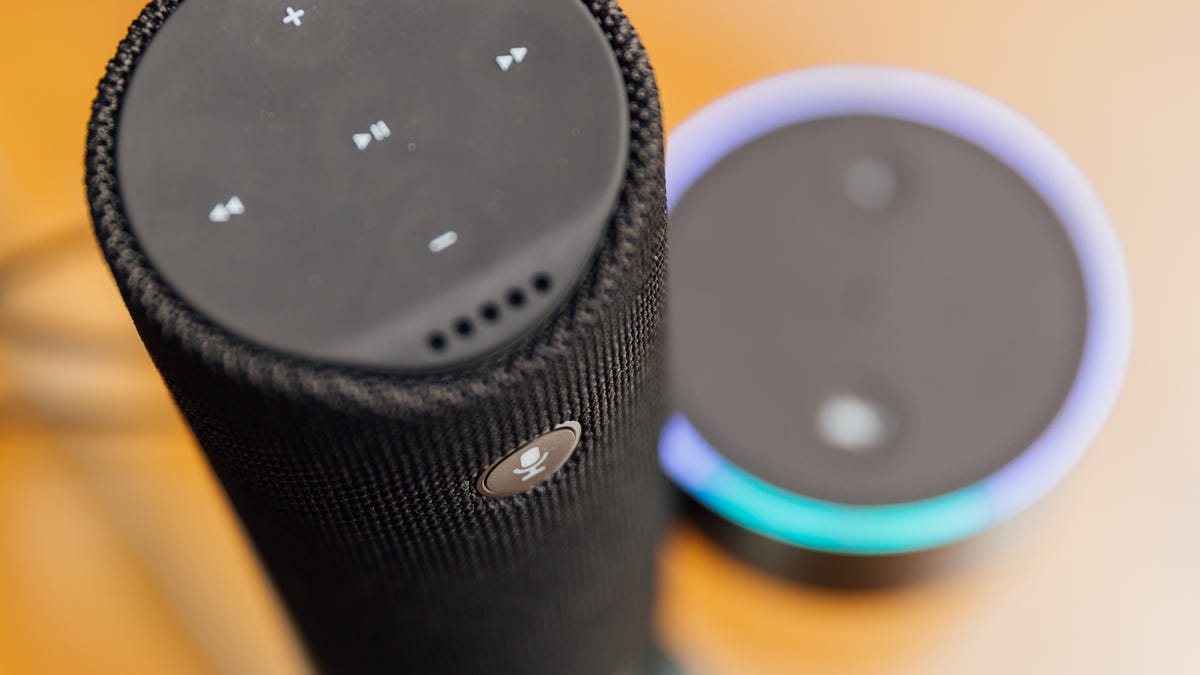

Home Automation Appliances
How Can You Tell If Alexa Is Listening
Published: January 5, 2024
Discover how to determine if Alexa is actively listening in your home automation appliances. Learn about the signs and indicators to watch out for.
(Many of the links in this article redirect to a specific reviewed product. Your purchase of these products through affiliate links helps to generate commission for Storables.com, at no extra cost. Learn more)
Introduction
In this digital age, smart home devices have become an integral part of our daily lives, offering convenience, efficiency, and connectivity like never before. Among these innovative devices, Amazon's Alexa stands out as a popular choice for voice-activated assistance. However, as with any technology that constantly listens for voice commands, concerns about privacy and security naturally arise. Users often wonder, "Is Alexa listening to me all the time?"
Understanding how Alexa operates and the signs that indicate its active listening status is crucial for maintaining a sense of privacy and security within your home. This article will delve into the nuances of Alexa's listening behavior, explore the telltale signs that Alexa is actively listening, and provide valuable insights on how to prevent Alexa from continuously monitoring your conversations. By understanding and implementing these measures, you can enjoy the benefits of Alexa while ensuring your peace of mind regarding privacy and data security.
Key Takeaways:
- Alexa only listens when you say the wake word, and there are signs to tell when it’s listening, like the indicator light and voice activity. You can also prevent Alexa from listening by muting the microphone or using privacy mode.
- Understanding Alexa’s listening behavior and using preventive measures, like adjusting sensitivity settings and managing permissions, gives you control over your privacy. You can enjoy Alexa’s benefits while keeping your conversations private.
Read more: How To Listen In On Alexa
Understanding Alexa’s Listening Behavior
As a voice-activated virtual assistant, Alexa is designed to respond to wake words or phrases, such as "Alexa," "Amazon," or "Echo." Once the wake word is detected, Alexa starts actively listening for the subsequent command or query. This listening behavior is essential for the seamless functionality of the device, allowing users to interact with Alexa through natural language.
It is important to note that Alexa is programmed to process and respond only to the wake word and the immediate command or question that follows. The device is engineered to disregard ambient conversations and background noise unless the wake word is detected. This functionality serves as a privacy safeguard, ensuring that Alexa does not intrude on private discussions or inadvertently record sensitive information.
When Alexa detects the wake word, the indicator light on the device typically illuminates, signaling that the device is actively listening. Once the command or query is processed and addressed, Alexa ceases its active listening and returns to its standby state, ready to respond to the next wake word.
Understanding this listening behavior is essential for users to distinguish between when Alexa is actively engaged in processing commands and when it is in a passive, non-listening state. This knowledge empowers users to recognize the signs that indicate Alexa’s active listening status, enabling them to make informed decisions about their interactions with the device and take appropriate measures to protect their privacy.
Signs that Alexa is Listening
Recognizing the signs that indicate Alexa is actively listening is crucial for maintaining transparency and control over the device’s behavior. While Alexa is designed to respect user privacy by only responding to the wake word and immediate commands, there are visible and audible cues that signify its active listening status. By being attuned to these signs, users can have confidence in understanding when Alexa is engaged and taking steps to ensure their privacy.
1. Illuminated Indicator Light: When Alexa detects the wake word and begins actively listening, the device’s indicator light typically illuminates. This visual cue serves as a clear signal that the device is in an active listening state. Users can easily spot this indicator, providing transparency regarding when Alexa is processing commands or queries.
2. Audible Tone: In addition to the illuminated indicator light, Alexa may emit an audible tone or chime when it starts actively listening. This auditory signal further alerts users to the device’s engagement, ensuring that they are aware of Alexa’s listening status.
3. Voice Activity: Users may notice that Alexa’s microphone array is actively capturing voice activity when the device is listening. This can be observed through the microphone icon displayed on the device or through the Alexa app. Being mindful of voice activity provides users with a tangible indication of when Alexa is actively processing voice commands.
4. Responsive Interaction: When Alexa is actively listening, it will responsively interact with users, acknowledging commands or queries with appropriate feedback. This real-time interaction serves as a definitive sign that the device is in an active listening mode, ready to fulfill user requests.
5. Privacy Settings Confirmation: Users can review and confirm their privacy settings through the Alexa app or web interface. Ensuring that privacy settings are configured according to personal preferences provides users with added assurance regarding Alexa’s listening behavior and data management.
By recognizing these signs, users can confidently discern when Alexa is actively listening and taking action. This awareness enables users to make informed decisions about their interactions with the device and empowers them to implement measures to safeguard their privacy and data security.
If the light on your Alexa device is solid blue, it means Alexa is listening. If it’s not in use, you can mute the device to ensure it’s not listening.
How to Prevent Alexa from Listening
While Alexa’s listening behavior is essential for its functionality as a voice-activated assistant, users may seek ways to prevent the device from actively listening in certain situations or environments. Implementing measures to prevent Alexa from listening can provide users with additional control over their privacy and peace of mind. Here are several effective methods to prevent Alexa from actively listening:
- Muting the Microphone: One straightforward way to prevent Alexa from listening is to physically mute the device’s microphone. Most Alexa-enabled devices feature a dedicated microphone mute button or switch, allowing users to temporarily disable the device’s listening capabilities. When the microphone is muted, Alexa will not detect the wake word or actively listen for commands.
- Privacy Mode: Some Alexa devices offer a privacy mode or feature that allows users to proactively disable the device’s listening functionality. Activating privacy mode ensures that Alexa does not actively listen for commands or queries, providing users with the assurance of privacy in specific situations.
- Adjusting Sensitivity Settings: Users can customize the sensitivity settings of Alexa’s wake word detection. By adjusting the wake word sensitivity, users can fine-tune the device’s responsiveness to the wake word, potentially reducing inadvertent activations and minimizing active listening instances.
- Utilizing Timed Privacy Features: Certain Alexa devices offer timed privacy features that allow users to schedule periods during which the device will not actively listen. This functionality is particularly useful for establishing dedicated privacy windows, such as during sensitive discussions or when privacy is paramount.
- Reviewing and Managing Permissions: Regularly reviewing and managing the permissions and settings associated with Alexa’s functionality is crucial for maintaining control over the device’s listening behavior. Users can adjust privacy settings, review connected apps and devices, and manage data sharing permissions to align with their privacy preferences.
By leveraging these preventive measures, users can effectively manage Alexa’s listening behavior based on their specific privacy needs and preferences. Whether it involves temporarily muting the microphone, activating privacy mode, or customizing sensitivity settings, these options empower users to proactively control when Alexa is actively listening and ensure privacy in various contexts.
Conclusion
As smart home technology continues to evolve, it is essential for users to understand and manage the listening behavior of voice-activated devices such as Alexa. By gaining insights into Alexa’s active listening indicators and implementing preventive measures, users can maintain control over their privacy and data security while benefiting from the convenience and functionality that Alexa offers.
Understanding the signs that indicate Alexa’s active listening, including illuminated indicator lights, audible tones, voice activity, and responsive interactions, empowers users to make informed decisions about their interactions with the device. By recognizing these cues, users can confidently discern when Alexa is actively engaged and take appropriate steps to safeguard their privacy.
Furthermore, the availability of preventive measures, such as muting the microphone, activating privacy mode, adjusting sensitivity settings, utilizing timed privacy features, and managing permissions, provides users with versatile options to control Alexa’s listening behavior based on their specific needs and preferences.
Ultimately, by being mindful of Alexa’s listening behavior and taking proactive steps to manage its active listening, users can strike a balance between leveraging the benefits of voice-activated assistance and ensuring their privacy within their homes. This balanced approach fosters a sense of trust and confidence in utilizing smart home technology, allowing users to embrace the convenience and connectivity of devices like Alexa while maintaining control over their privacy.
As technology continues to advance, the ongoing dialogue surrounding privacy, security, and user control remains paramount. By staying informed, implementing best practices, and leveraging the available tools and features, users can navigate the evolving landscape of smart home devices with confidence, ensuring that their privacy and security are upheld while enjoying the transformative capabilities of voice-activated assistants like Alexa.
Frequently Asked Questions about How Can You Tell If Alexa Is Listening
Was this page helpful?
At Storables.com, we guarantee accurate and reliable information. Our content, validated by Expert Board Contributors, is crafted following stringent Editorial Policies. We're committed to providing you with well-researched, expert-backed insights for all your informational needs.
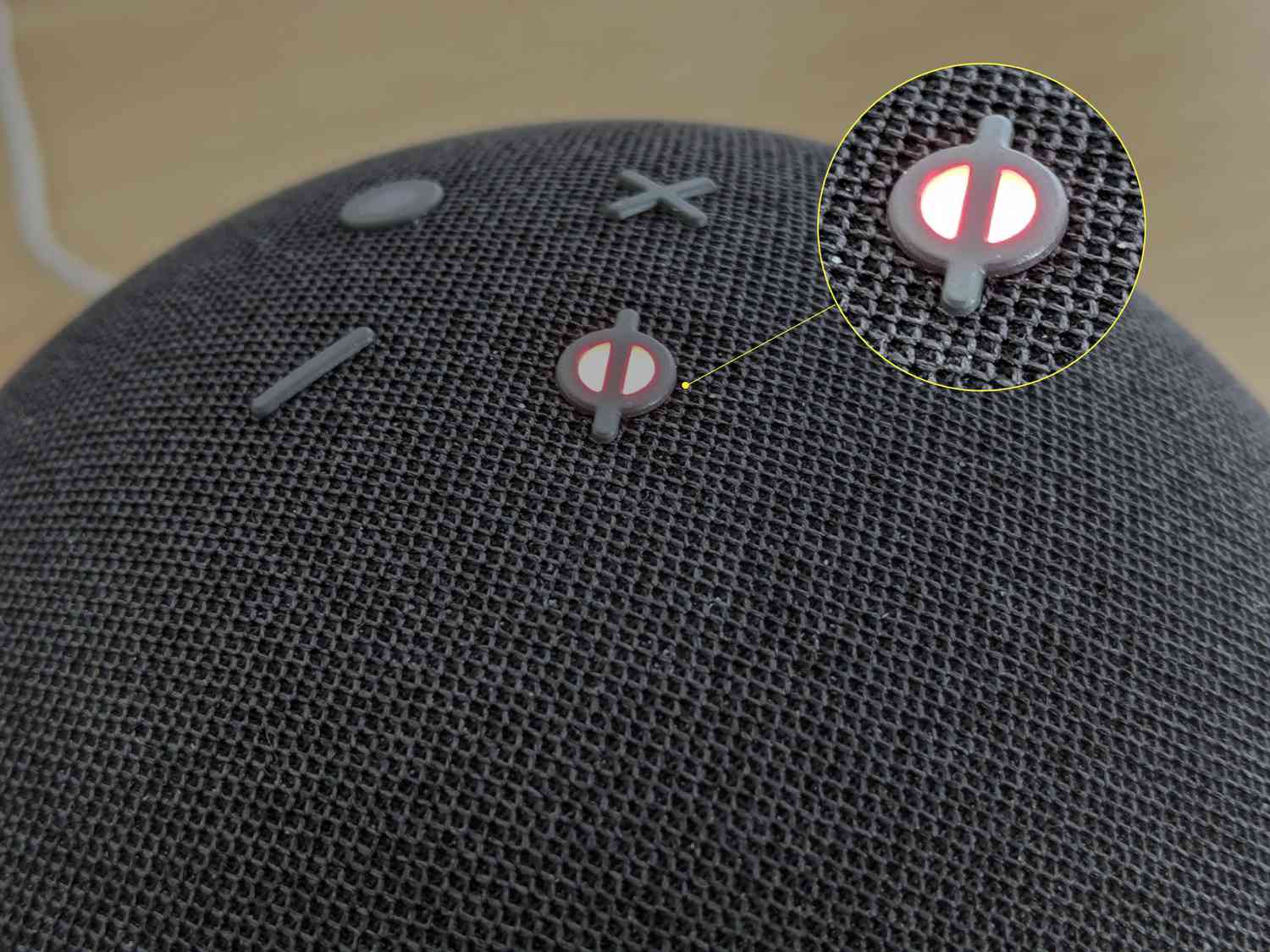




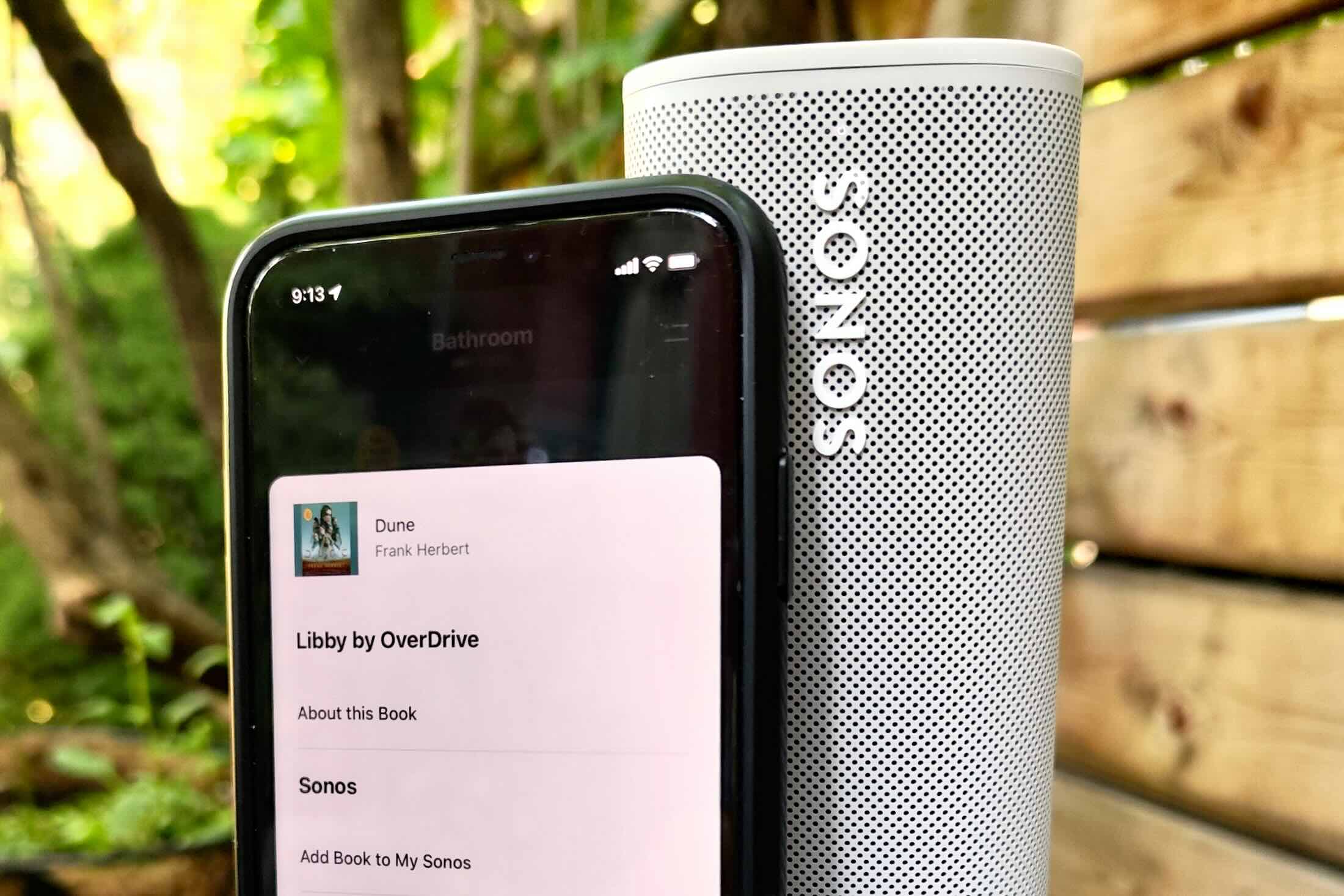

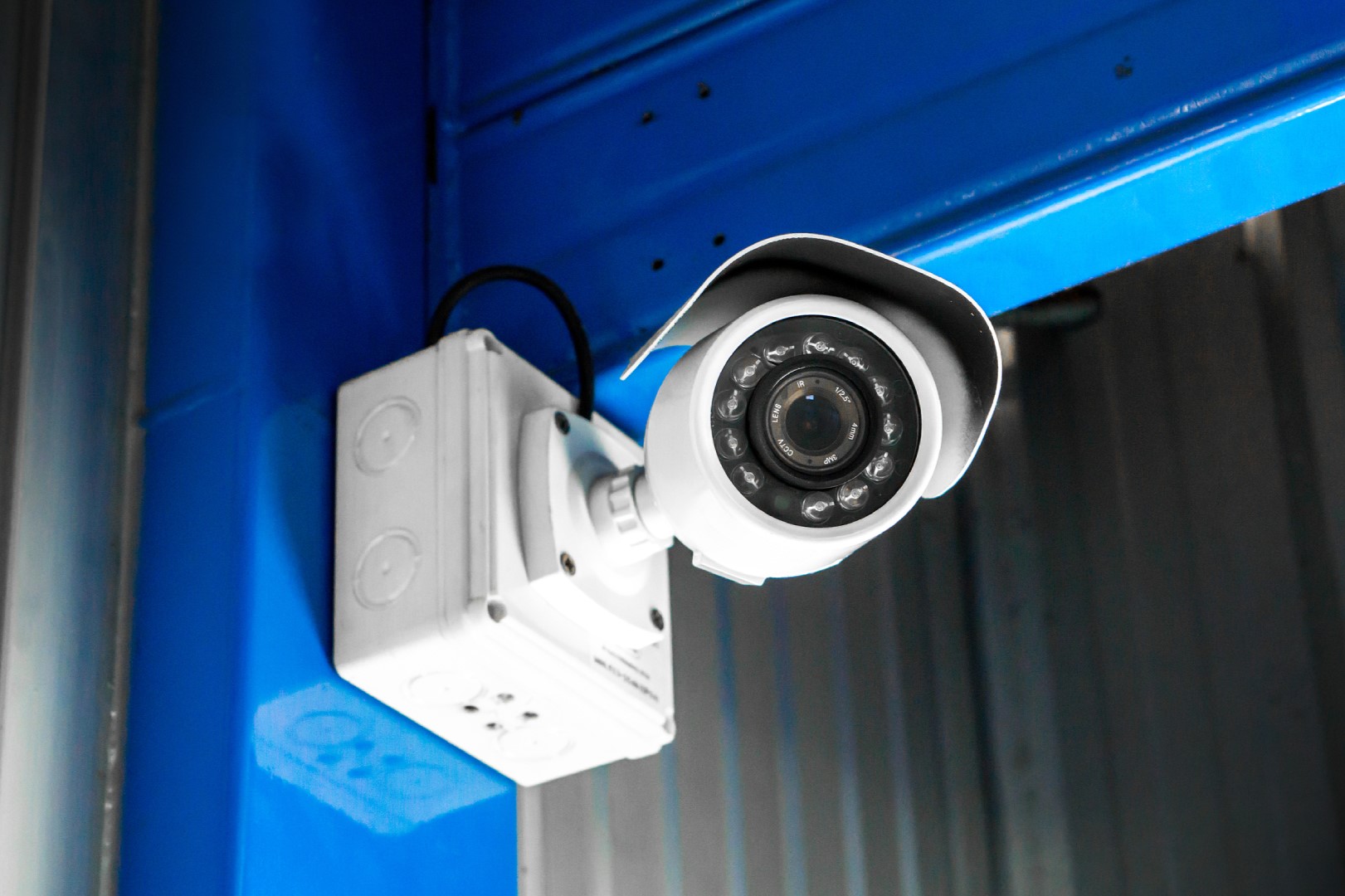

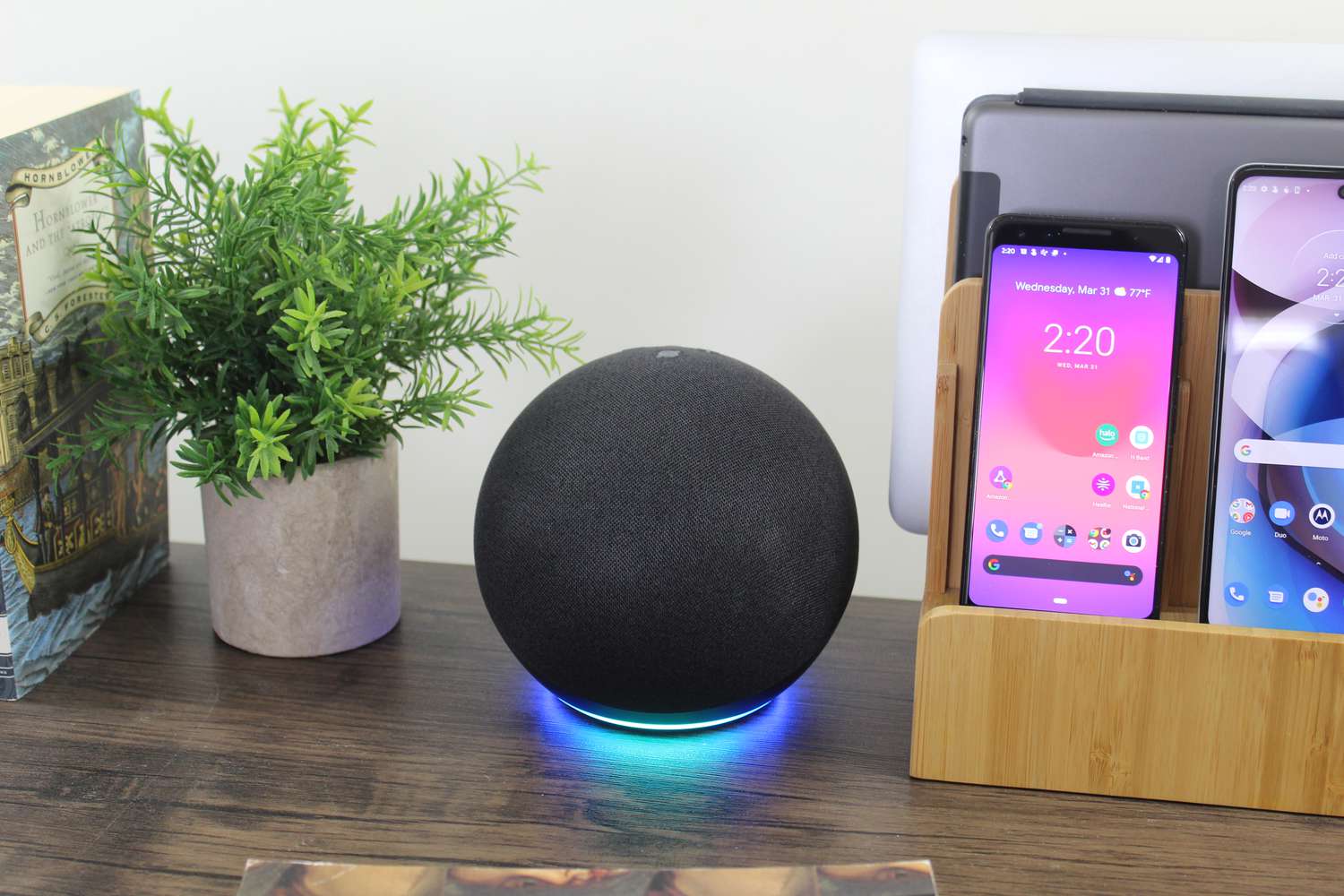



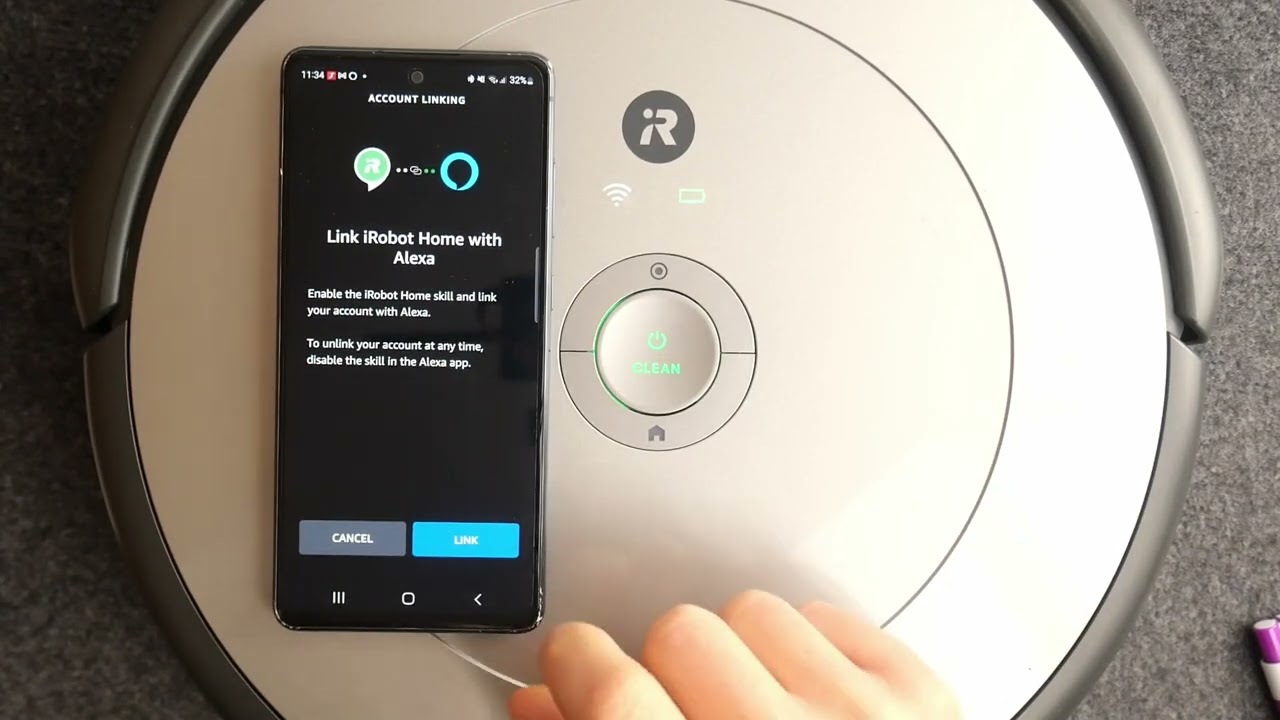
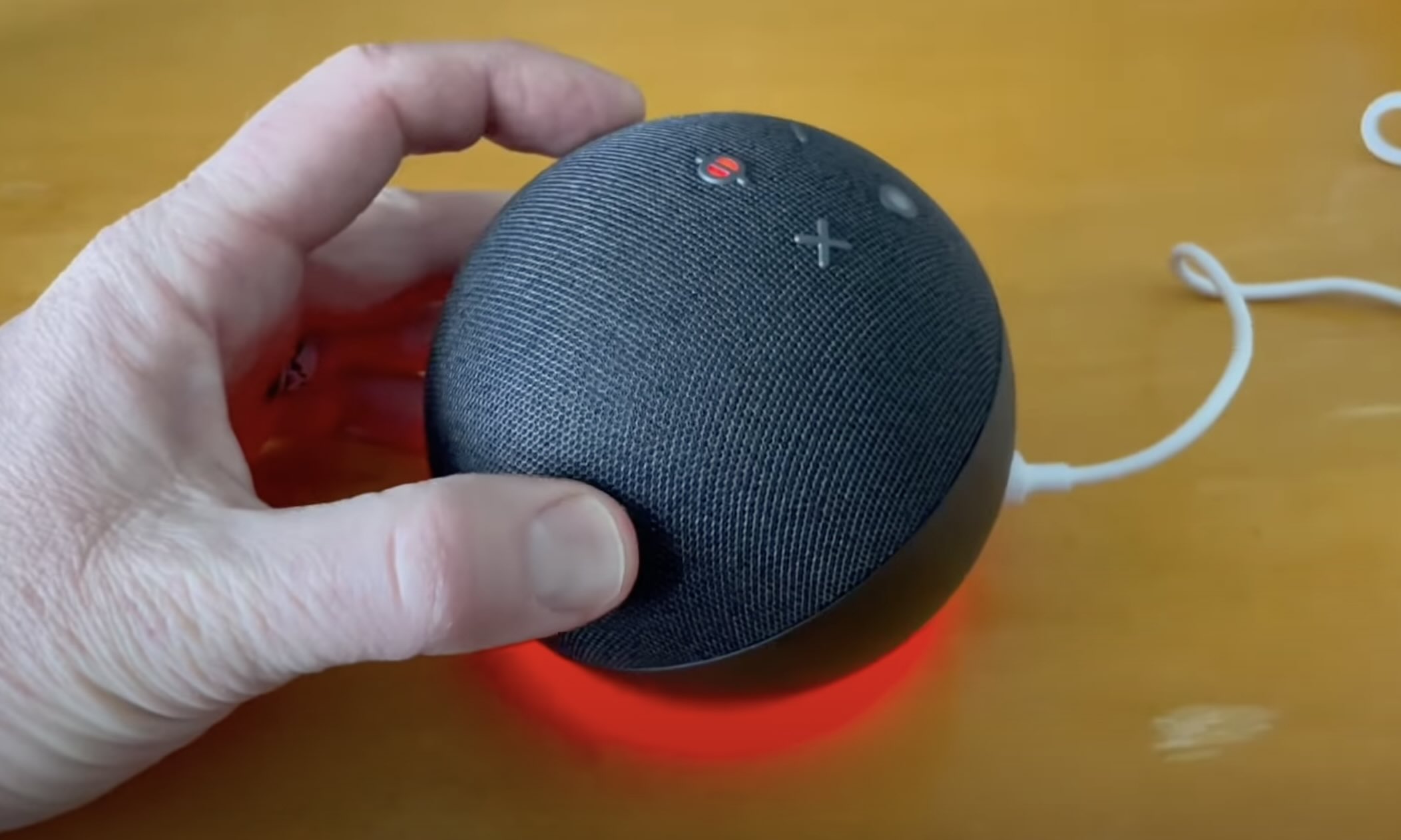

0 thoughts on “How Can You Tell If Alexa Is Listening”